How To Build A Strong Portfolio
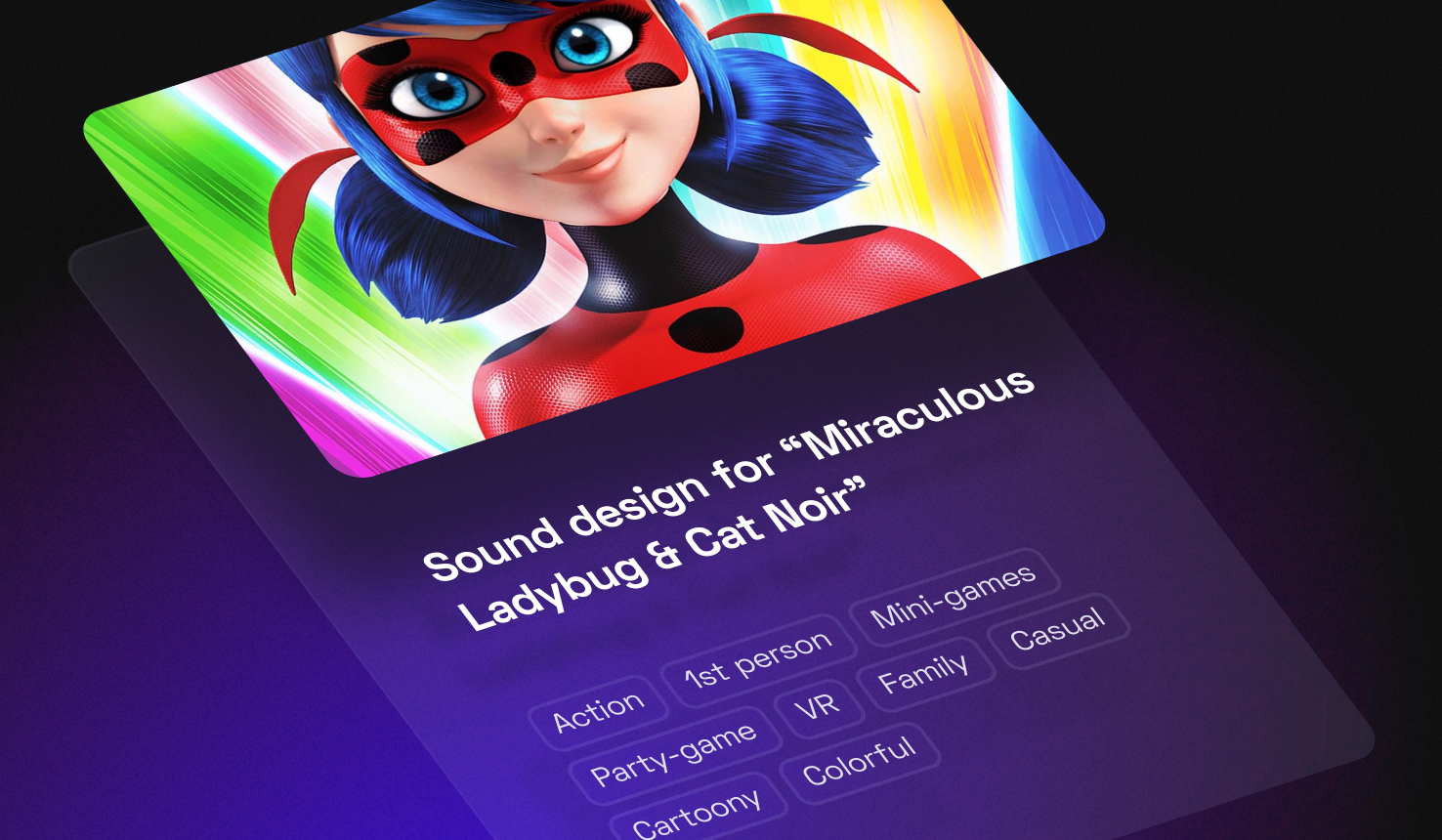
Stand Out with a Portfolio on TheXPlace: A Guide for Game Designers, Programmers, and Other Professionals
Who should have a portfolio?
Simply put, anyone who wants to create video games should have a portfolio on TheXPlace!
Studios want to see that you’ve got the goods. A portfolio is one of the most powerful tools for showcasing your skills and experience - and it is not exclusively for artists! Game designers, programmers, producers, monetization specialists, and other game industry professionals can all benefit from having a portfolio that represents their full body of work and demonstrates their abilities to potential employers or clients.
A portfolio on TheXPlace can help you stand out in a competitive industry and be a valuable tool for advancing your career. Your portfolio can include examples of previous professional work, like design documents, gameplay mechanics, code samples and project summaries, accompanied by testimonials and references from colleagues, employers or past clients who saw you in action.
Make sure your portfolio packs a punch!
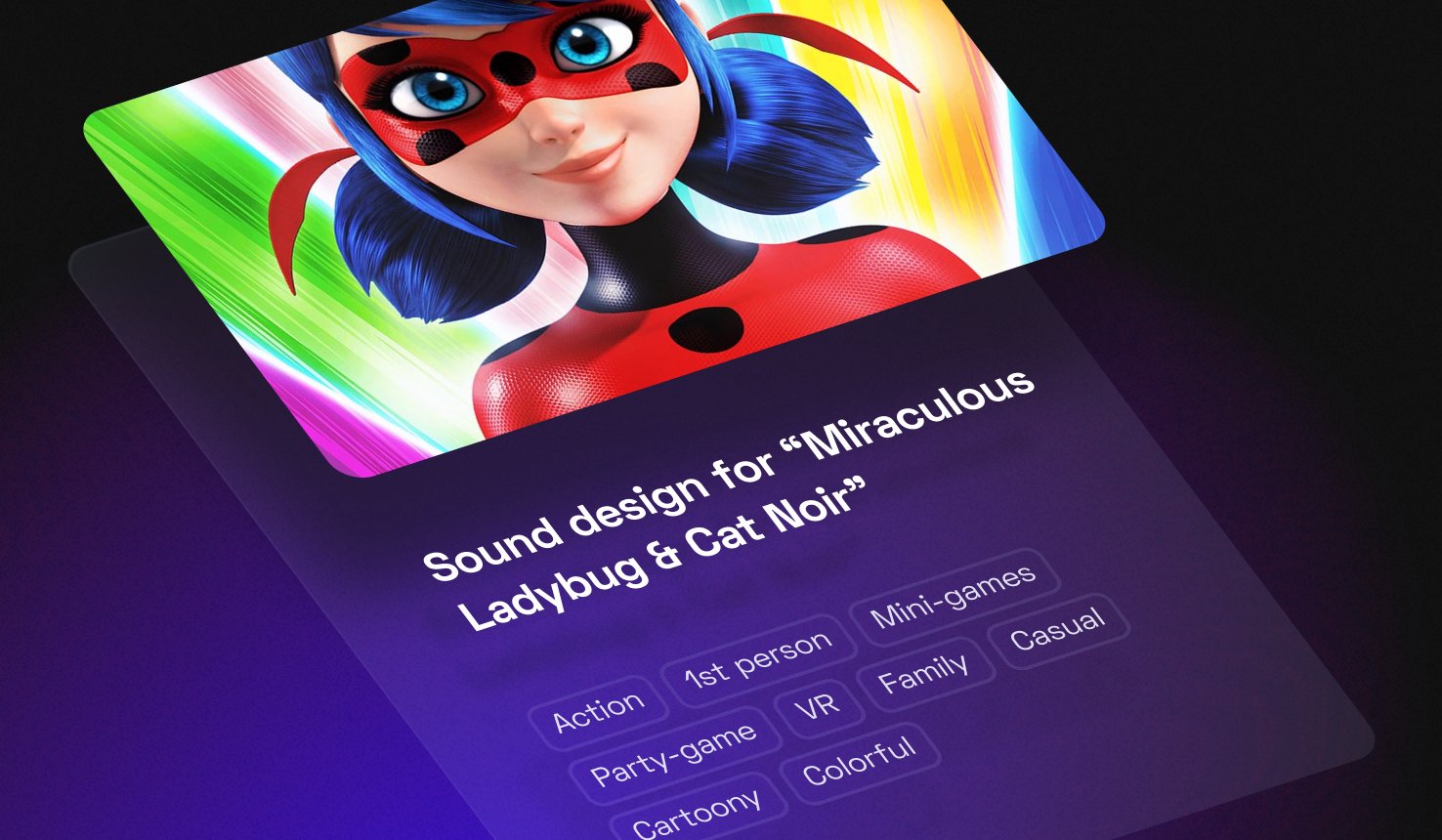
Your portfolio page should showcase your full body of work, representing you as the multifaceted professional that you are. Rather than displaying individual final assets, such as screenshots or game assets, present your portfolio in the context of your specific contribution to a game. For example, you could present your process on a specific game, like "Game mechanics design for GAME TITLE." You could include design documents, game progress through development, screenshots of tools you used and how you used them, behind-the-scenes images and more. Visitors will see the breadth of your work and understand your contributions to the overall project. Similarly, instead of presenting assets from individual games, you could share your work within a specific studio or company, such as "Project management for mobile games at Playtika," demonstrating your ability to work on multiple projects and your experience in different roles. Alternatively, you could create a portfolio project based on a set of specialized skills you wish to be known for, such a "3D Character Art for GAME TITLE".
What’s in a Name?
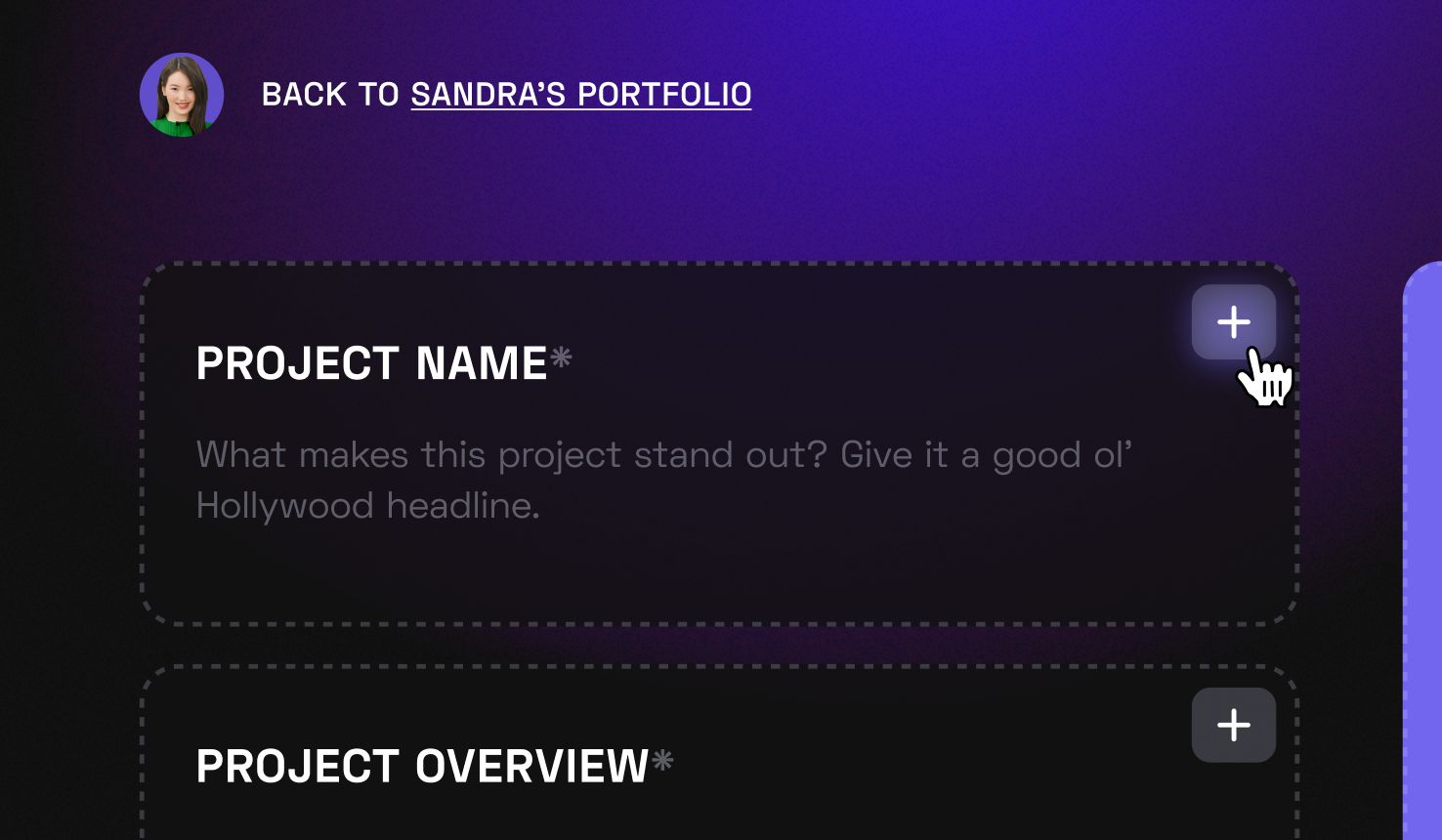
Choosing a name for your portfolio page is an important consideration. It's a good idea to avoid naming it simply with the game’s title and instead give it a more meaningful name that reflects your area of expertise. For example, a programmer could choose a name like “Gameplay programming for GAME TITLE”.
If you have focused on a specific platform, you could include that, too, such as "Five Years of Mobile Game Programming" or " Outside the BoxVR Games".
Tell us about yourself!
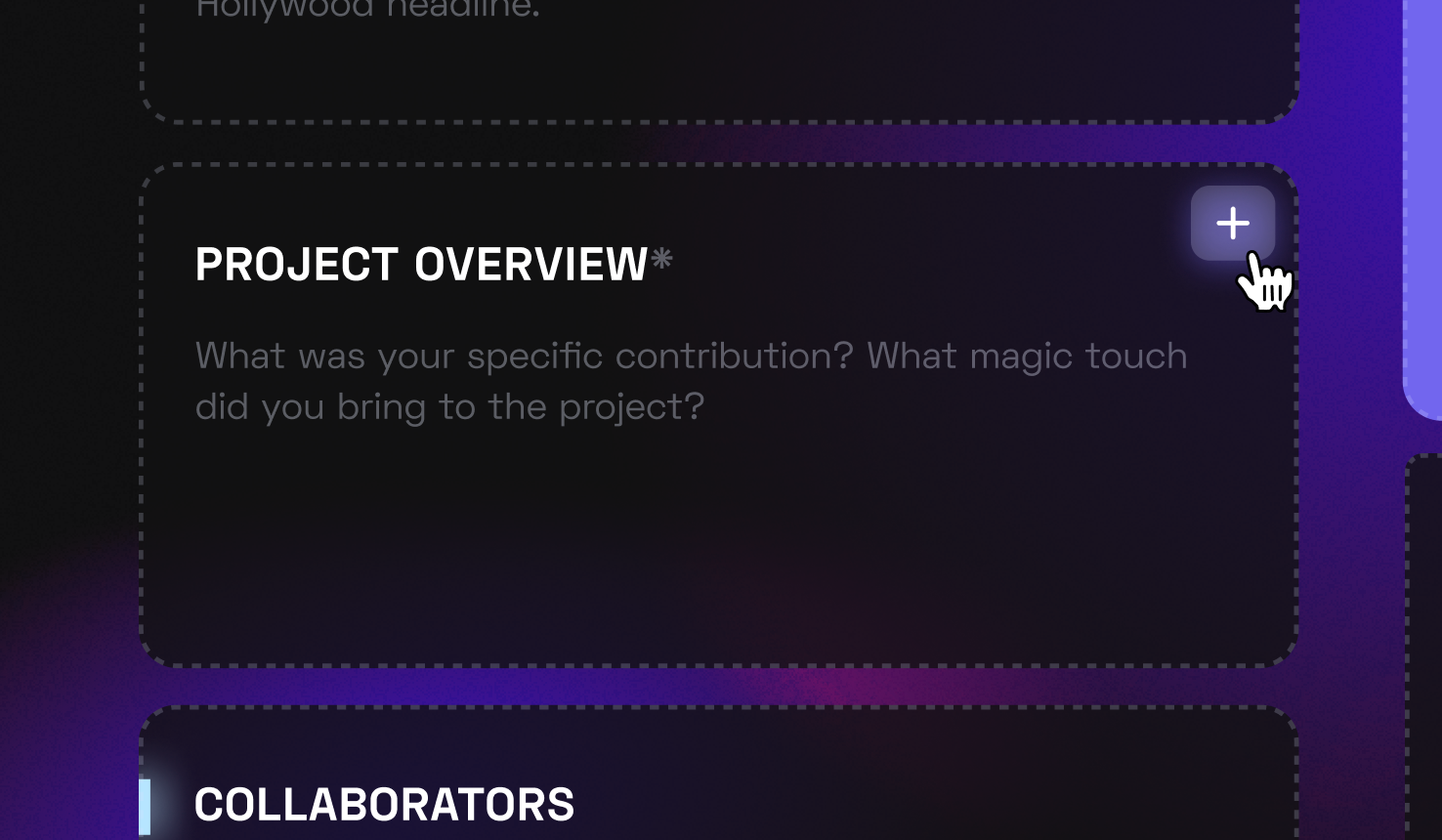
The Overview section of the portfolio project is about your contributions and accomplishments. The emphasis should be on the particular value you brought to the project. Allow your skills and experience to demonstrate how you could enhance future projects and exhibit your ability to think critically and create solutions.
Include key performance indicators, such as metrics, statistics, and values, that exhibit the impact of your work. These should be measurable, such as user engagement, improved performance, or reduced development time, to name just a few. For instance, a game economist might include how many factors they had to balance to get the design right and how it improved the game’s performance.
TheXPlace has a rich professional taxonomy
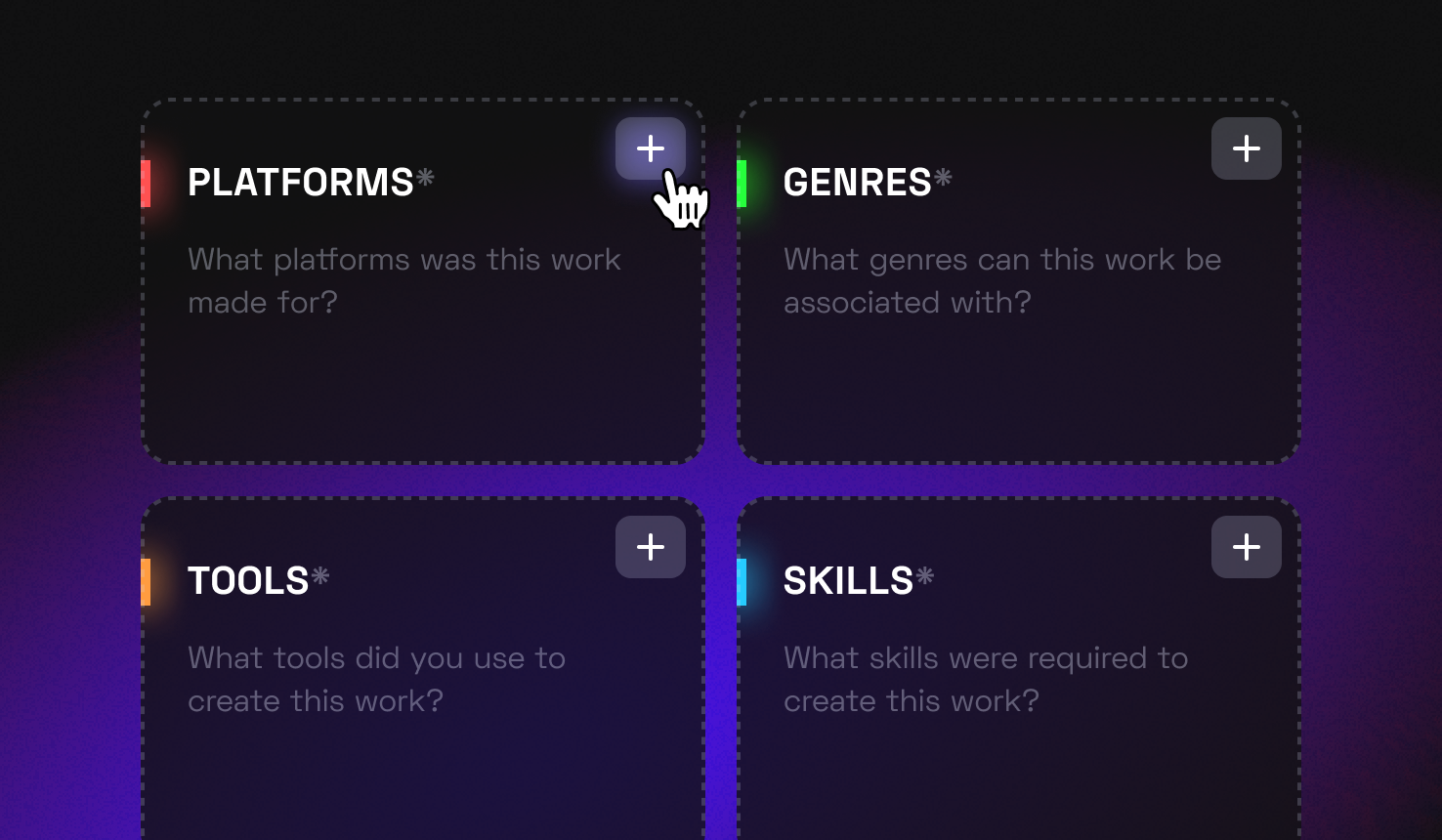
TheXPlace provides a rich taxonomy of terms for professionals in the games industry and related fields. This taxonomy allows users to categorize and tag their work according to skills, tools, platforms, genres, and more. It greatly increases the likelihood of being discovered by potential employers or clients seeking professionals with skills, specialties, or experience.
By utilizing the taxonomy, you can tag your work according to the specific tools and technologies you have used, the platforms you developed for, the genres of the games you have worked on, and the skills you have utilized. This feature can increase the visibility of your work and improve your chances of getting discovered.
Show AND Tell!
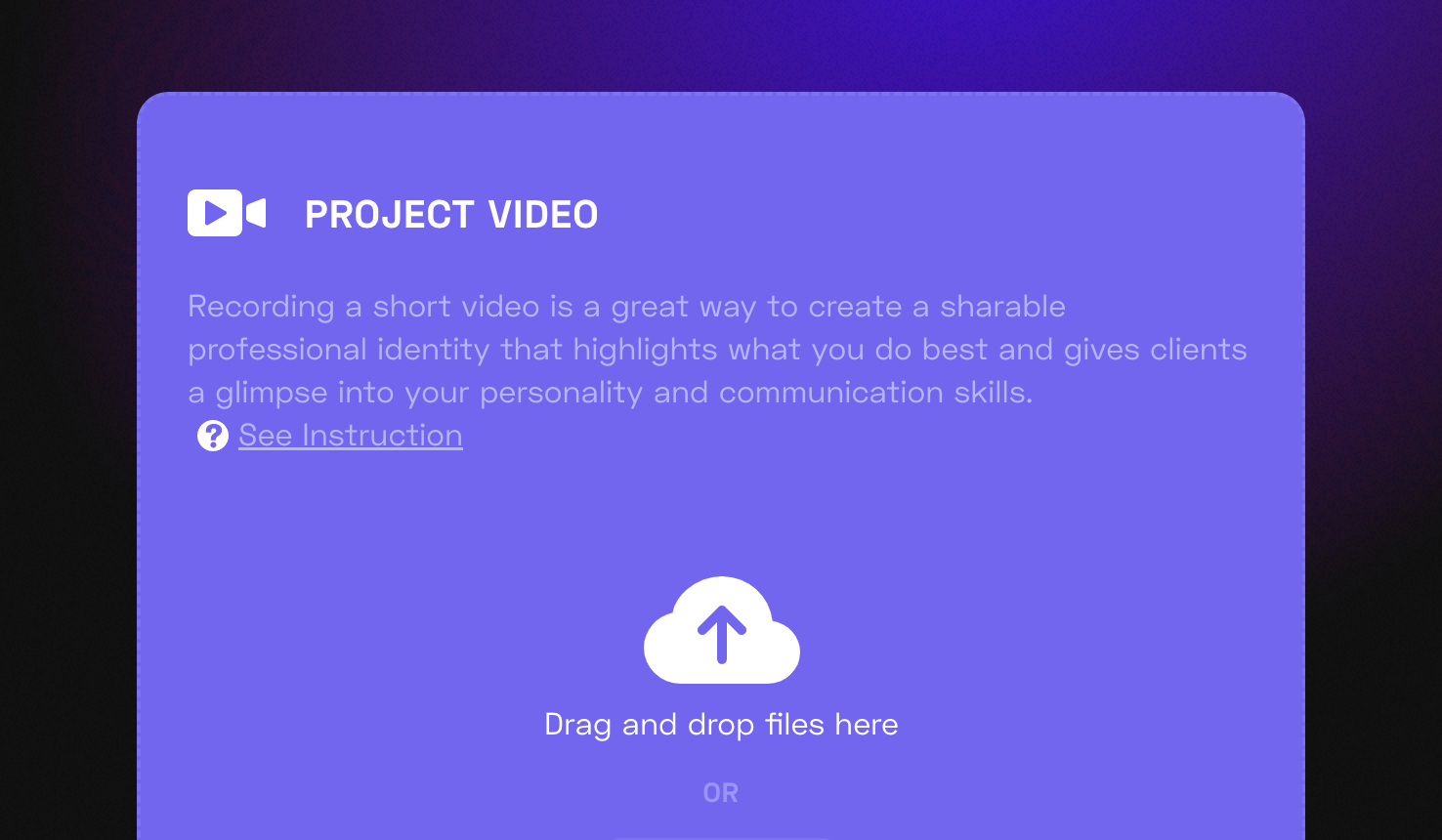
Project videos are a valuable feature of your portfolio. You can give potential employers or clients additional insight into your work, demonstrate your communication skills, and offer a glimpse of who you are! These videos are an opportunity to briefly discuss your process, address any challenges you encountered, and detail your contribution to a specific project. Prospective employers or clients can learn how you approach problem-solving and how you work within a team.
You can use these recordings to describe the obstacles you faced and approaches you took to overcome them. They are a chance to highlight any accomplishments you are proud of and explain the significant impacts you had on the project. The video you record for each project can include footage of the final product, screenshots, or concept art to provide context and help viewers visualize your work.
One of the most significant values of these project videos is the chance to “jump off the page” in a way that the written word simply cannot rival. Hearing live narration allows potential employers to learn how you express yourself and offers a brief window into your personality. It demonstrates your ability to communicate clearly and concisely, accurately convey your ideas and answer questions. These are vital insights into how you think, speak, and might function as a member of an international team.
Choose Awesome Assets
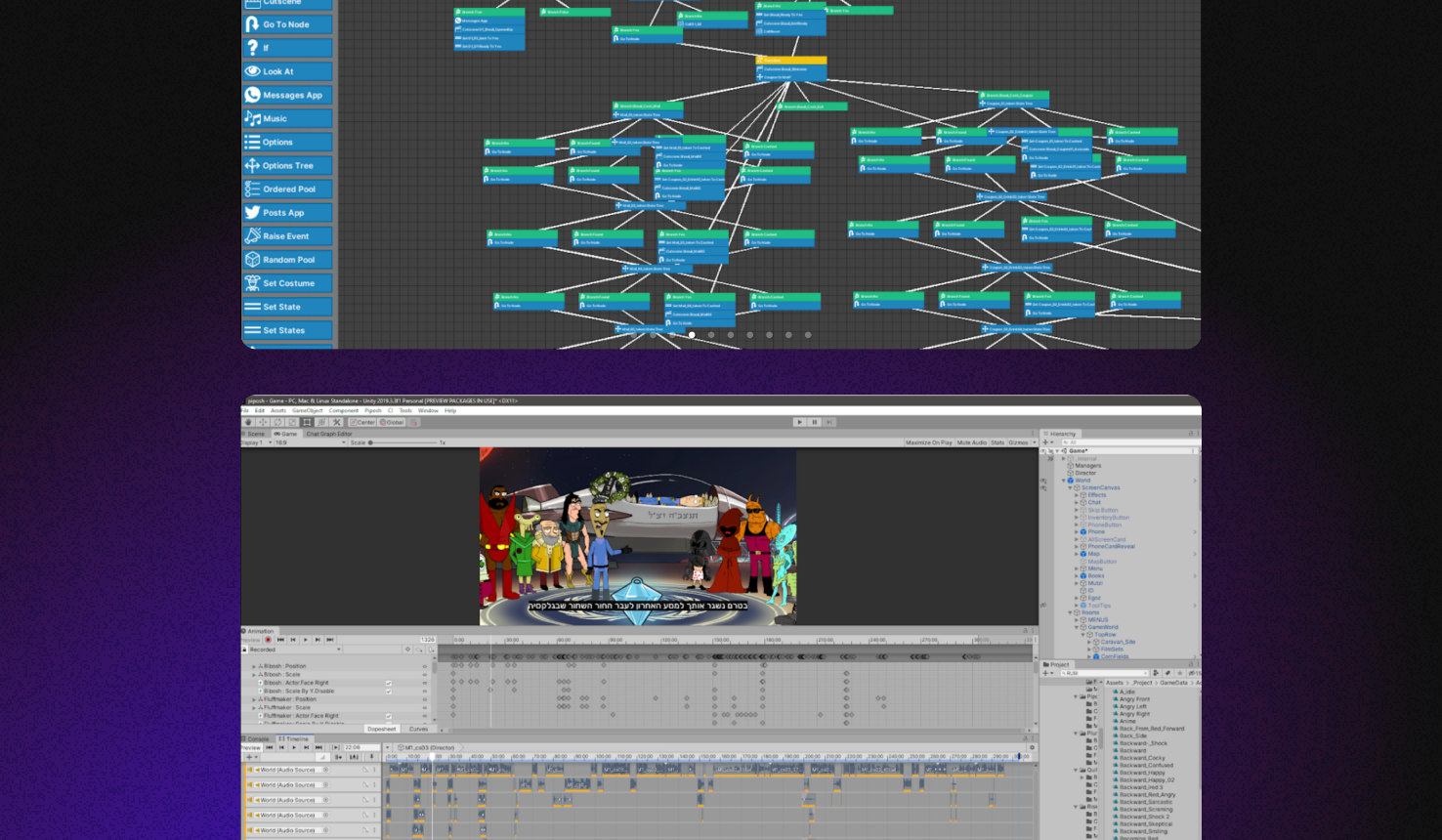
Portfolios often only include final results and finished assets. We believe that showcasing the evolution of your work to illustrate the creative journey and work process alongside final results can be incredibly valuable. It gives visitors a deeper understanding of your creative process and the steps you took to create the final product.
For example, if you're a UI/UX designer, you could include idea boards, concept art, and wireframes alongside screenshots or videos of the final game. If you're a programmer, you could include code snippets, flowcharts, and debugging logs alongside gifs of gameplay. This level of transparency gives a realistic look into how you work, think, and adapt to challenges. It also demonstrates your attention to detail, ability to work through problems, and willingness to be transparent about your work.
It's also essential to provide clear and concise descriptions of these assets. Include a brief overview of the design document, concept art or wireframe, explaining the goal of the design, the problem it solves, or the feature it implements. For code snippets, flowcharts, or debugging logs, briefly explain the problem being solved, the approach you took, and the result achieved.
The descriptions should be clear and easy to understand, even for someone without much technical knowledge in your field. It is a good idea to include any relevant metrics or statistics, such as the number of lines of code, the speed of the algorithm, or the number of users who tested the feature.
It’s all about Credibility!
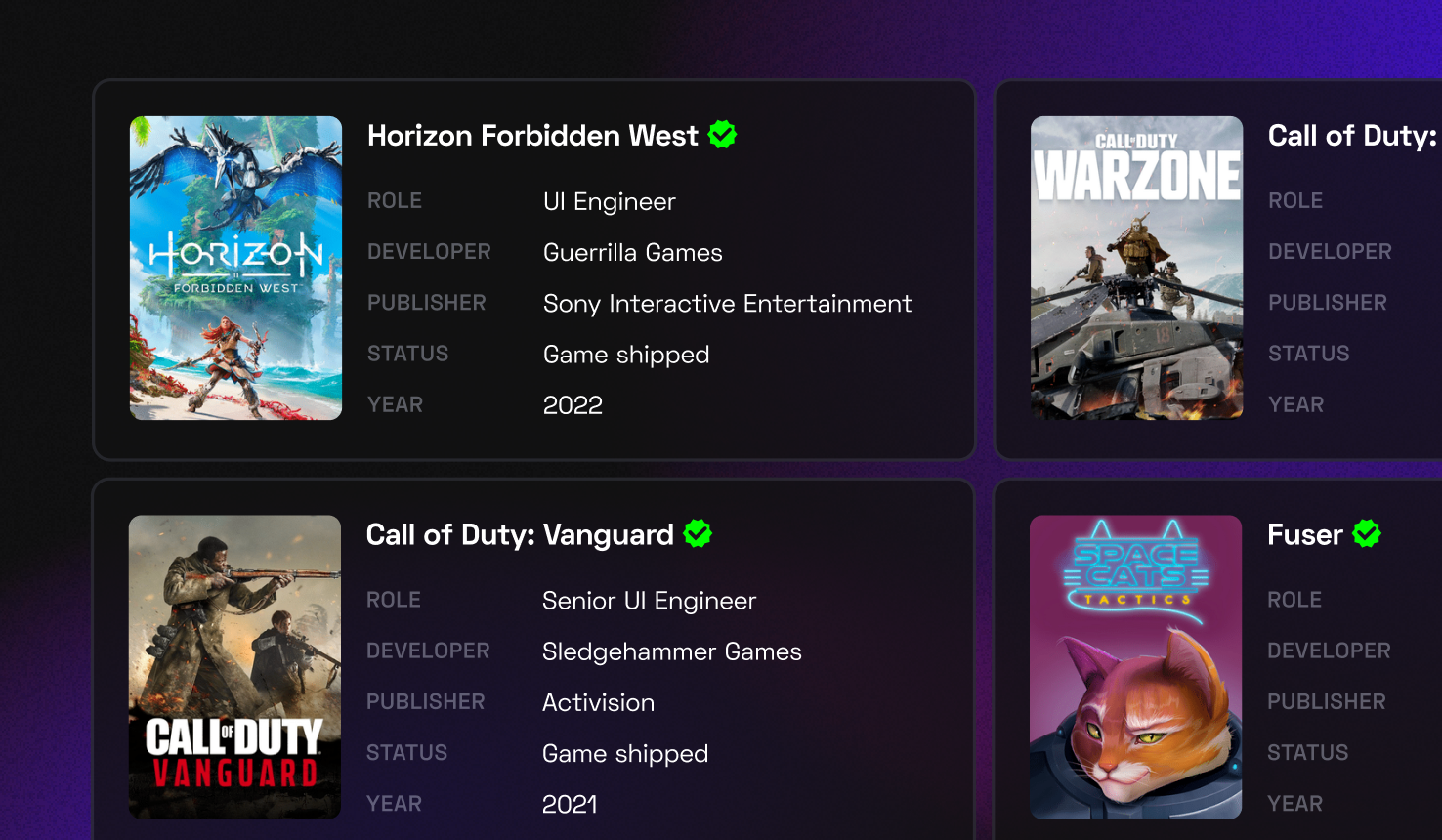
TheXPlace allows users to claim credit for their work by adding collaborators who can confirm their contributions and accomplishments. This valuable feature builds a trusted professional network and allows users to receive credit for work on games that may not have been previously credited. Collaborators can include peers, supervisors, clients and others who have seen you in action and can confirm your skills and capabilities.
By building a professional network, you can expand your reach and access to new opportunities and collaborators. The more collaborations and references you have, the more opportunities you have to showcase your work and expand your professional network.

